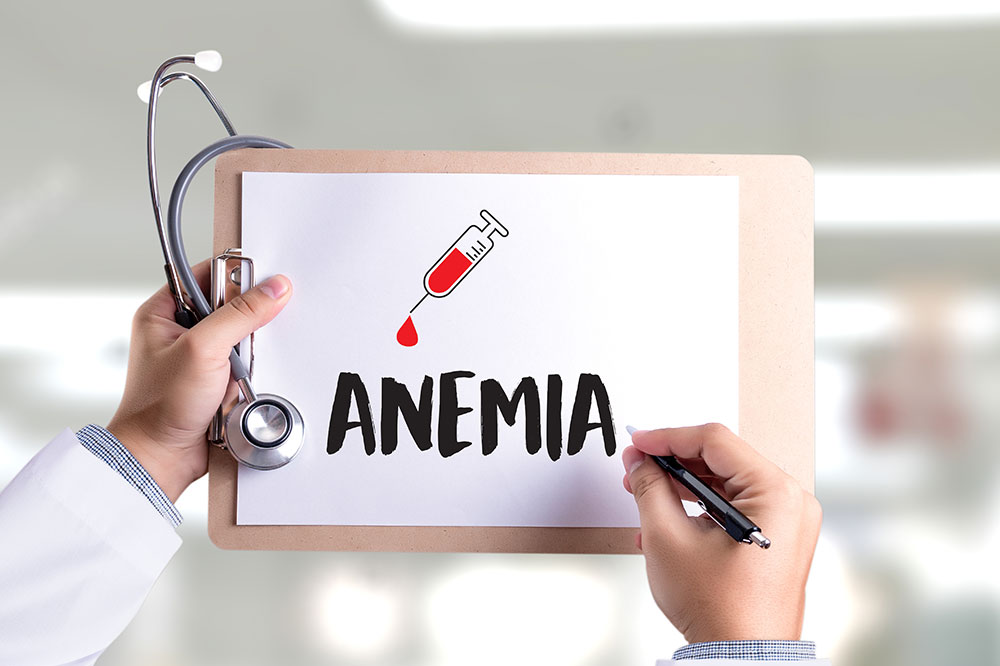Understanding Ovarian Cancer: Causes, Symptoms, and Prevention Strategies
This article provides an in-depth overview of ovarian cancer, highlighting its causes, symptoms, and preventive options. Early diagnosis and lifestyle modifications can significantly reduce risks. Understanding genetic, hormonal, and lifestyle factors is crucial for women to take proactive measures. Learn about symptoms that warrant prompt medical attention and explore effective prevention strategies to stay protected against this potentially fatal disease.

Understanding Ovarian Cancer: Causes, Symptoms, and Prevention Strategies
While medical advancements have improved treatments for many diseases, cancer remains a formidable health challenge. It often leads to significant health risks, with early detection playing a crucial role in successful management. Among cancers affecting women, ovarian cancer ranks as the fifth leading cause of mortality. Detecting it early can significantly improve outcomes, as it often develops silently in initial stages.
Ovarian cancer originates in the outer epithelial layer of the ovary, often evading early diagnosis due to minimal symptoms. These symptoms are often mistaken for other common conditions such as IBS or PMS but tend to intensify over time. Recognizing these signs can aid in early detection.
Common symptoms include:
Severe lower back pain
Frequent indigestion or heartburn
Persistent lower abdominal, pelvic, or body pain
Urge to urinate often
Pain during intimacy
Nausea and vomiting
Unexpected weight loss
Decreased appetite
Chronic fatigue
These symptoms tend to worsen as the disease progresses.
The uncontrolled division and growth of ovarian cells lead to cancer. Several factors increase the risk:
Genetics: A family history of breast or ovarian cancer increases susceptibility.
Reproductive history: Women with early full-term pregnancies (before age 26) have a reduced risk.
Age: Postmenopausal women over 60 face higher risks.
Hormone therapy: Use of hormone treatments can elevate risk.
Obesity: A BMI over 30 is associated with increased risk.
Preventive measures are vital, especially since late-stage ovarian cancer is hard to treat. Effective strategies include:
Oral Contraceptives: Using birth control pills for around five years can cut the risk by 25-30%.
Healthy Lifestyle: Maintaining an optimal weight and balanced diet helps lower risk.
Surgical Options: Women with strong family histories may consider oophorectomy (removal of ovaries) as a preventive step.
Pregnancy and Breastfeeding: Early pregnancies and extended breastfeeding reduce the chance of developing ovarian cancer.










